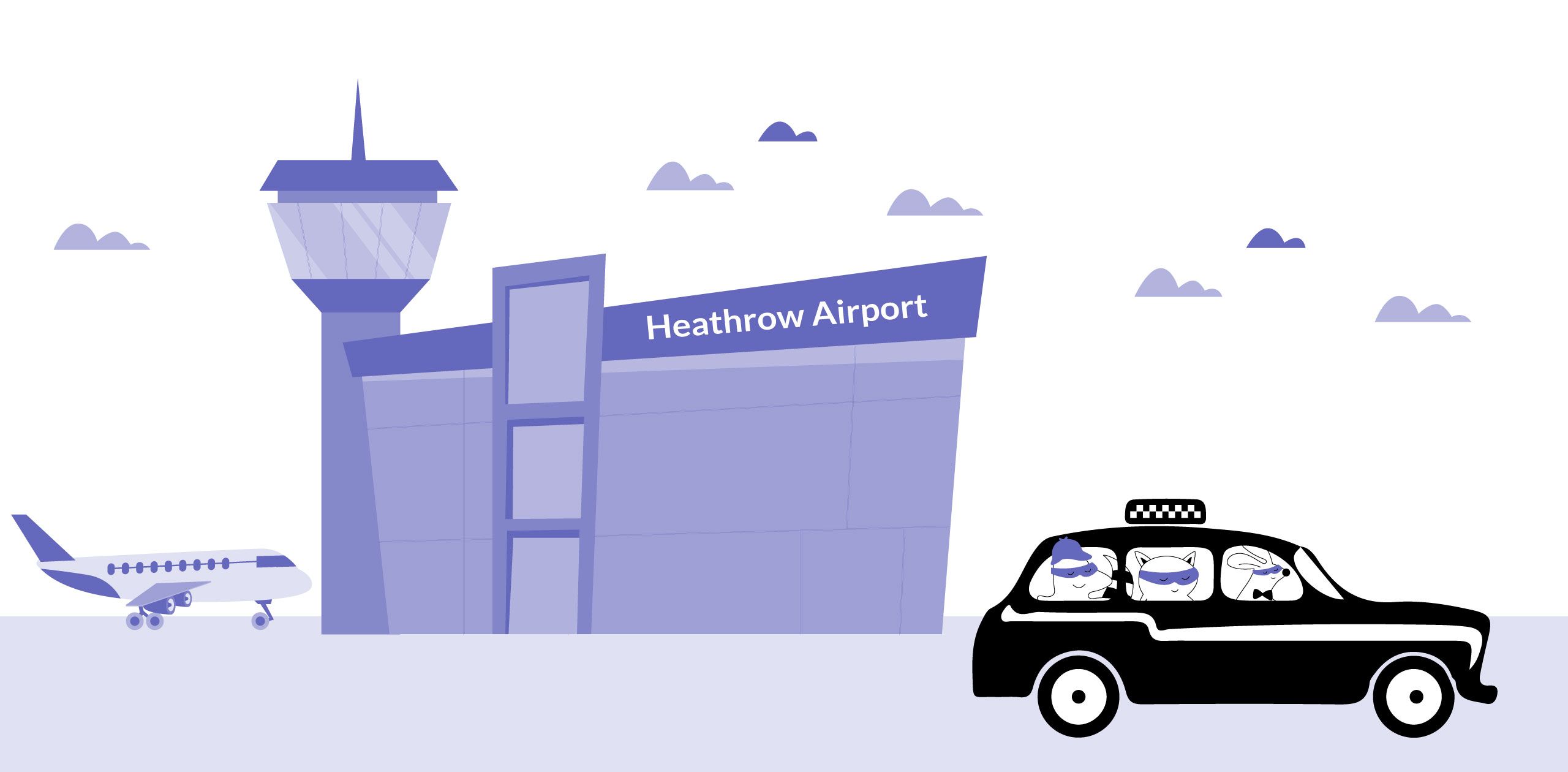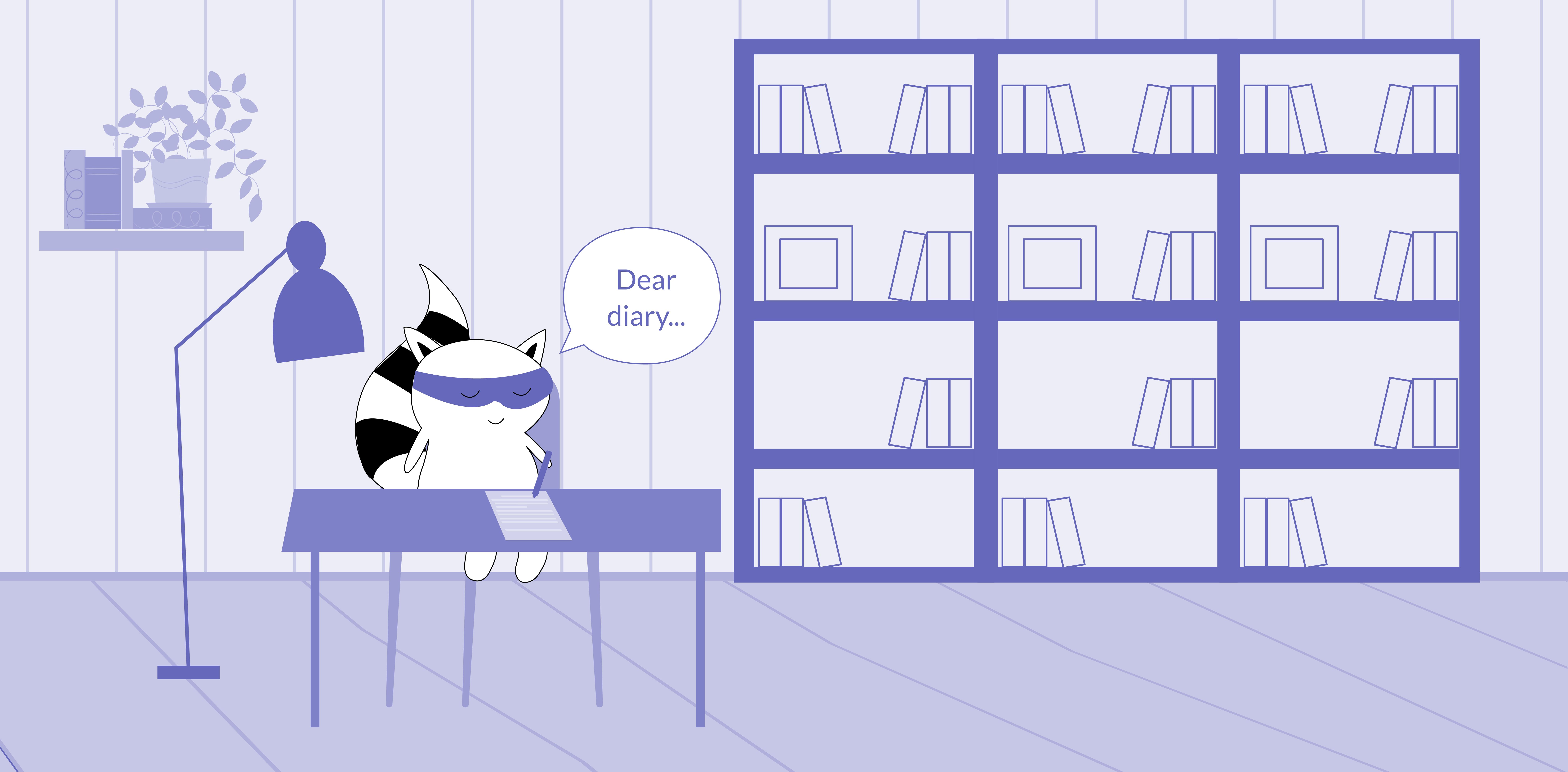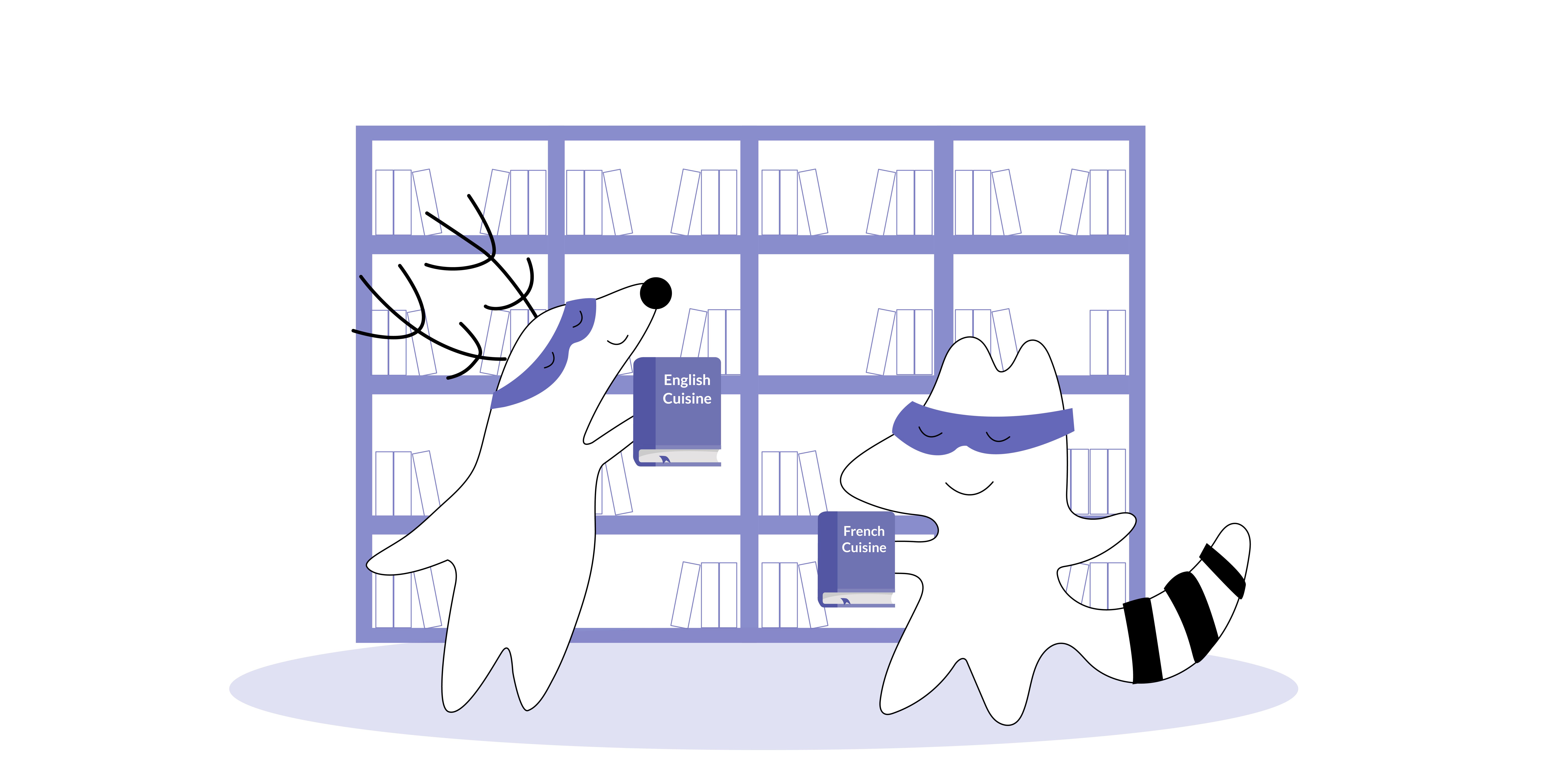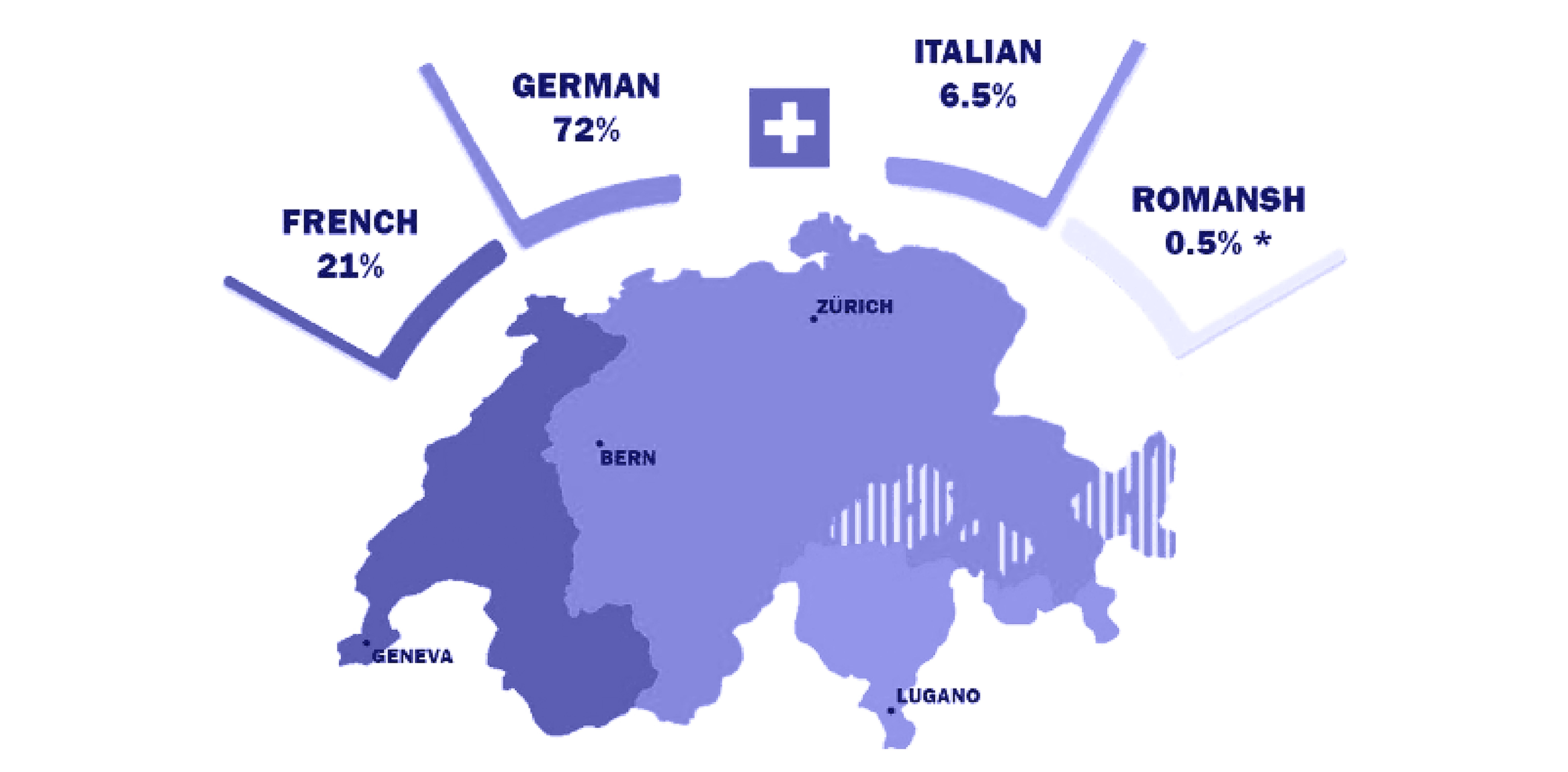
Switzerland, renowned for its breathtaking landscapes and high living standards, is equally fascinating in terms of linguistic diversity. It is one of the few nations globally where multilingualism is not only a cultural norm but also a legal and institutional reality.
The Swiss population communicates in four official languages — German, French, Italian, and Romansh — each with its unique charm and complexities. The intricacies of Swiss multilingualism and the resulting cultural richness make Switzerland an intriguing case study for those interested in languages.
Whether you're planning a trip or are simply intrigued by linguistics, understanding the distinctive multilingual landscape of Switzerland is an enriching endeavor. Let’s dive in!
Learn English with Langster
German — The Official Language of Switzerland
German is the official — and most widely spoken — language in Switzerland, as around 63% of the population speaks German as their mother tongue. It is mainly spoken in the northern, central, and eastern regions of the country.
However, Swiss German (Schweizerdeutsch) is the primary spoken language in everyday life. Swiss German differs significantly from Standard German, both in pronunciation and vocabulary, making it challenging for non-local speakers to understand.
Despite this, Standard German is used in written communication and formal situations.
Swiss German
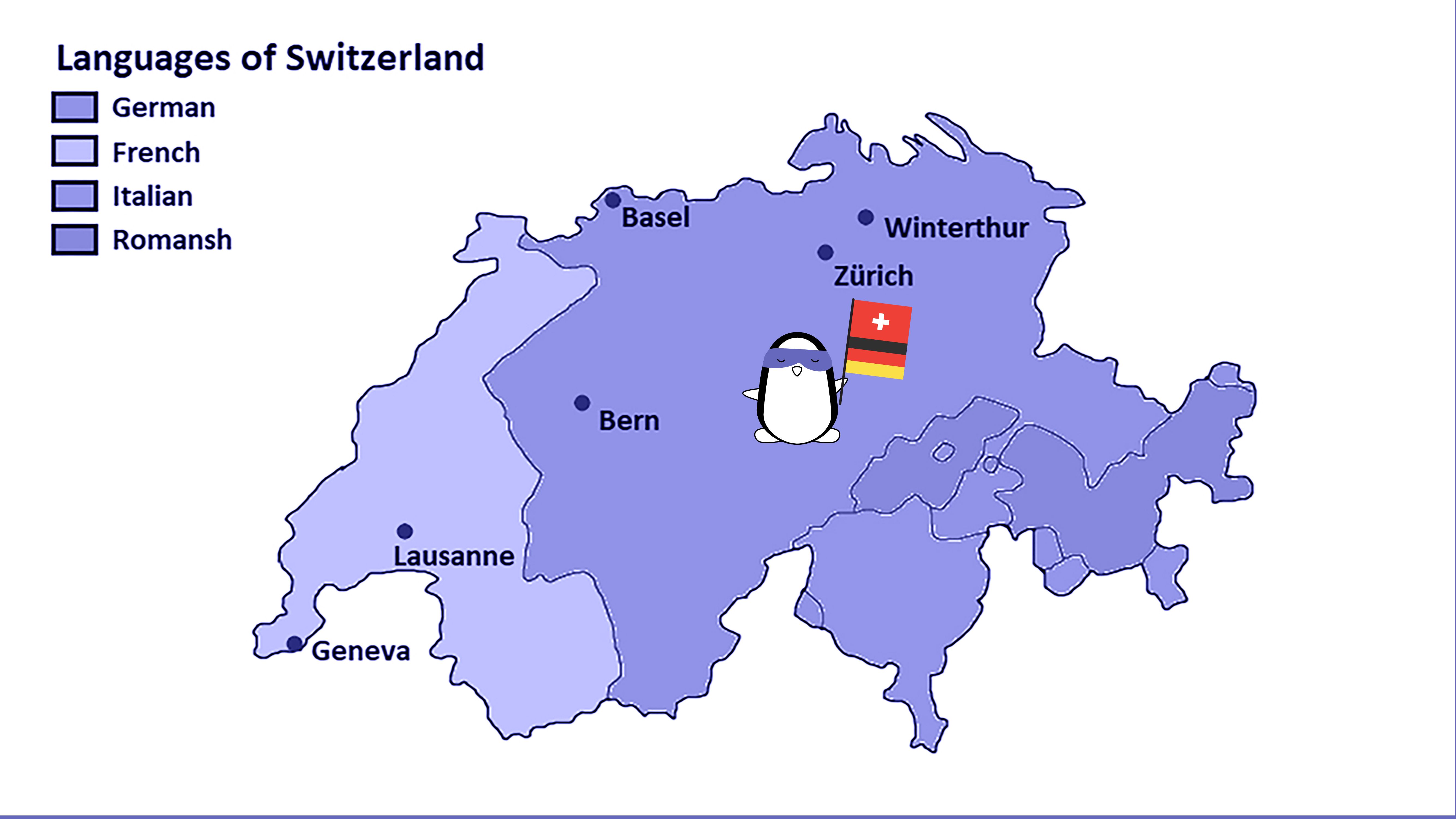
Swiss German, or Schweizerdeutsch, is a collection of Alemannic dialects spoken predominantly in Switzerland.
This unique linguistic variant is not only a different accent but boasts a vocabulary, grammar, and sentence structure distinct from Standard German. For instance, the Swiss variant of German boasts a lexicon of around 100,000 distinct words, reflecting Switzerland's rich heritage of language and culture.
It comprises numerous sub-dialects, each reflecting a region's local culture and traditions, and it's not unusual for Swiss-German speakers from different regions to have difficulty understanding each other. Despite the variance, Swiss German unites Swiss communities and fosters a strong sense of national identity and cultural pride.
In everyday life, Swiss German is used in informal settings, like family gatherings, among friends, and in local shops. For formal situations, such as in business, government, education, and media, Standard German is generally used, especially for written communication.
It's worth noting that while all Swiss German speakers understand Standard German due to education, the converse is not true. Many Standard German speakers might struggle to comprehend the Swiss German dialect, highlighting the uniqueness of this Swiss linguistic phenomenon.
Other German Dialects in Switzerland
Apart from Swiss German, there are other regional German dialects spoken across Switzerland. These dialects are part of the larger Alemannic dialect group, which is also present in Germany and Austria.
The Bernese German (or Bärndütsch), spoken predominantly in the region of Bern, is one such dialect. It is characterized by its unique intonations and vocabulary, distinguishing it from both Standard German and Swiss German.
Similarly, the Swiss German dialects of Basel, Zurich, and Lucerne —- referred to as Basel German (or Baseldytsch), Zurich German, and Lucerne German, respectively — each possess distinct phonetics and vocabulary, reinforcing the linguistic richness of Switzerland.
While these dialects share a common base with Swiss German, their unique nuances further contribute to Switzerland's linguistic diversity. Therefore, it is common for Swiss Germans to switch between various dialects and Standard German depending on the social context and the German-speaking part of the country they are in.
French
French is the second most spoken language in Switzerland, with about 23% of the population speaking it as their native tongue. It is primarily spoken in western and southwestern regions of the country, bordering France.
Swiss French and Its Dialects
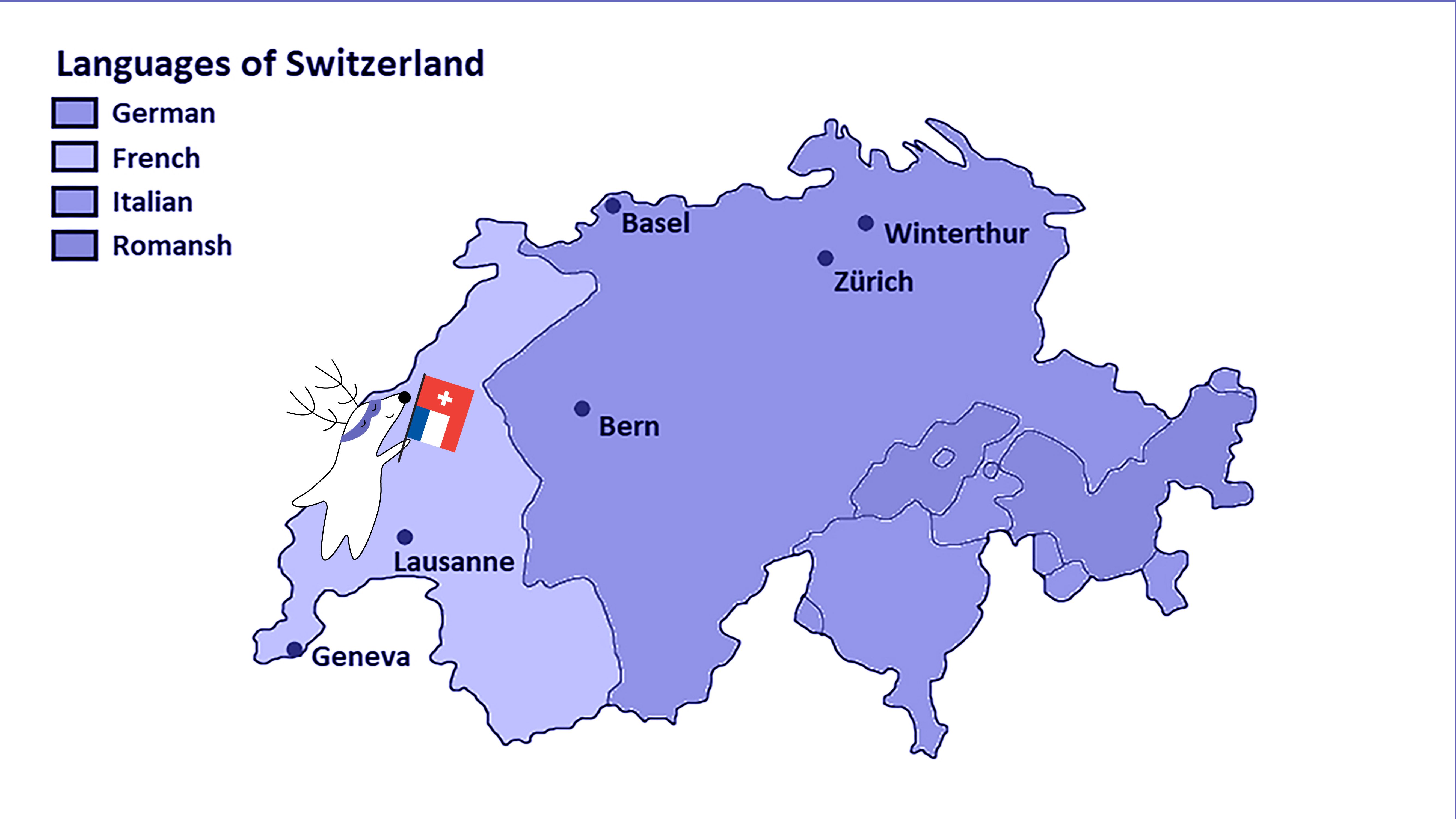
Swiss French, also known as Français Suisse, is a linguistic variant of French spoken in Switzerland, primarily in the Romandy region. It is heavily influenced by the Franco-Provençal dialects spoken in neighboring France and Italy, giving it a unique character.
Compared to Standard French, Swiss French has a higher level of oral usage and includes words borrowed from other languages such as Italian, German, and English. These borrowings, along with its distinct intonations and vocabulary, make Swiss French a fascinating linguistic study for language enthusiasts.
Along with Swiss French, there are other regional French dialects spoken in different parts of Switzerland.
For instance, In the western region of Valais, several dialects coexist — including Valaisan, Walser German, and Italian — creating a linguistic melting pot. In the eastern French-speaking part of Switzerland, Savoyard French is spoken in some areas, showcasing the influence of neighboring France.
These dialects have evolved over centuries due to geographical isolation and cultural exchanges with neighboring countries and are integral parts of Switzerland's multilingual landscape.
Italian
Italian is the third most spoken language in Switzerland, with around 8% of the population speaking it as their native tongue. Italian-speaking Switzerland is primarily its southern region of Ticino, bordering Italy.
Swiss Italian and Its Dialects
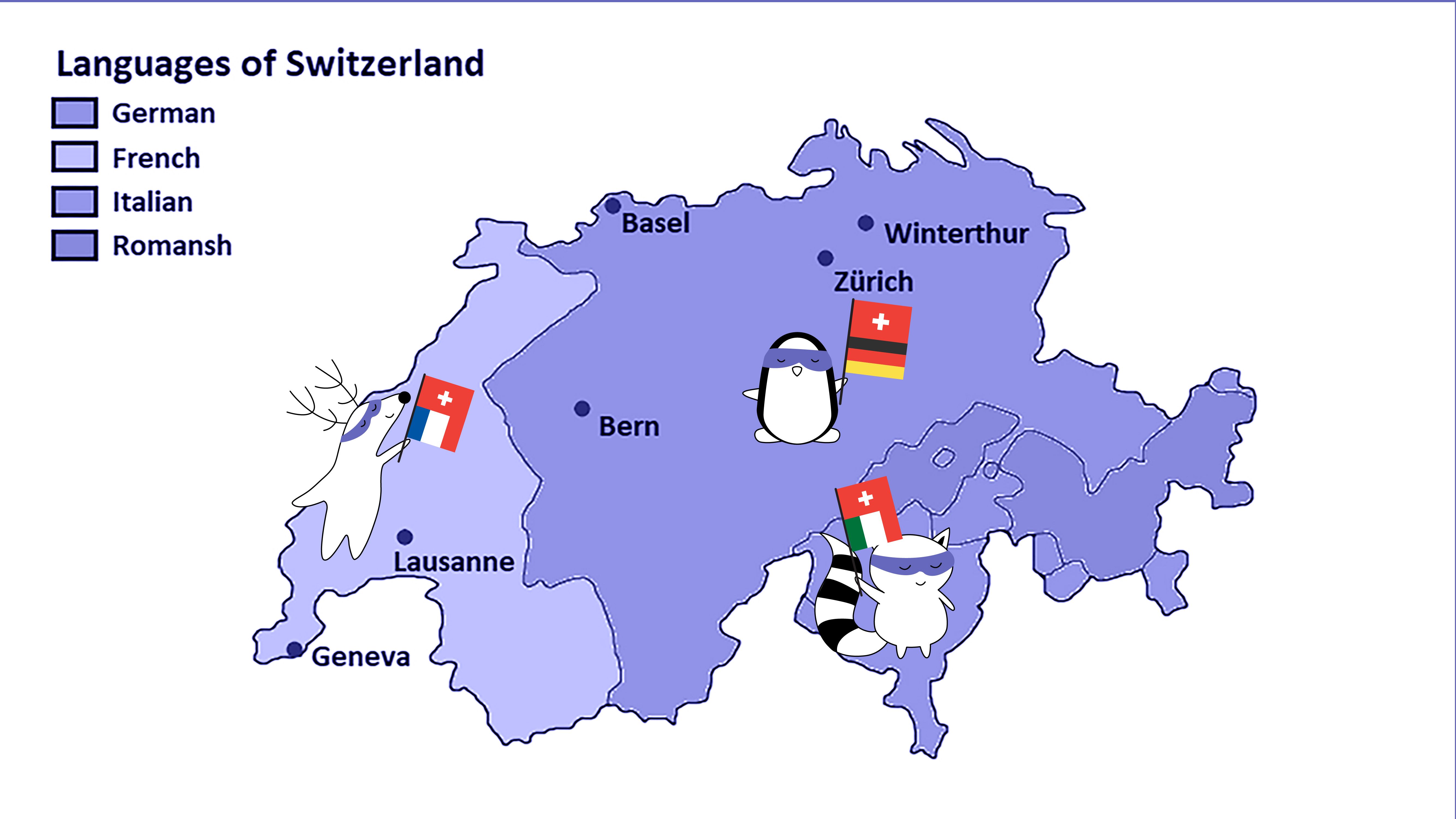
Swiss Italian — Italiano Svizzero — is a dialect of Italian spoken in Switzerland, primarily in the Canton of Ticino. It has a significant number of French and German loanwords along with distinct intonations and pronunciations, making it challenging for native Italians to understand.
Apart from Swiss Italian, there are other regional Italian dialects spoken in Switzerland. The Lombard, Ligurian, and Piedmontese dialects are present in the Canton of Ticino due to its proximity to Italy.
These dialects have evolved over centuries and continue to thrive alongside Standard Italian in the region. They contribute to Switzerland's linguistic diversity and serve as a reminder of the country's cultural ties with its neighboring countries.
Despite this, Standard Italian is used in formal settings such as education, media, and business.
Romansh
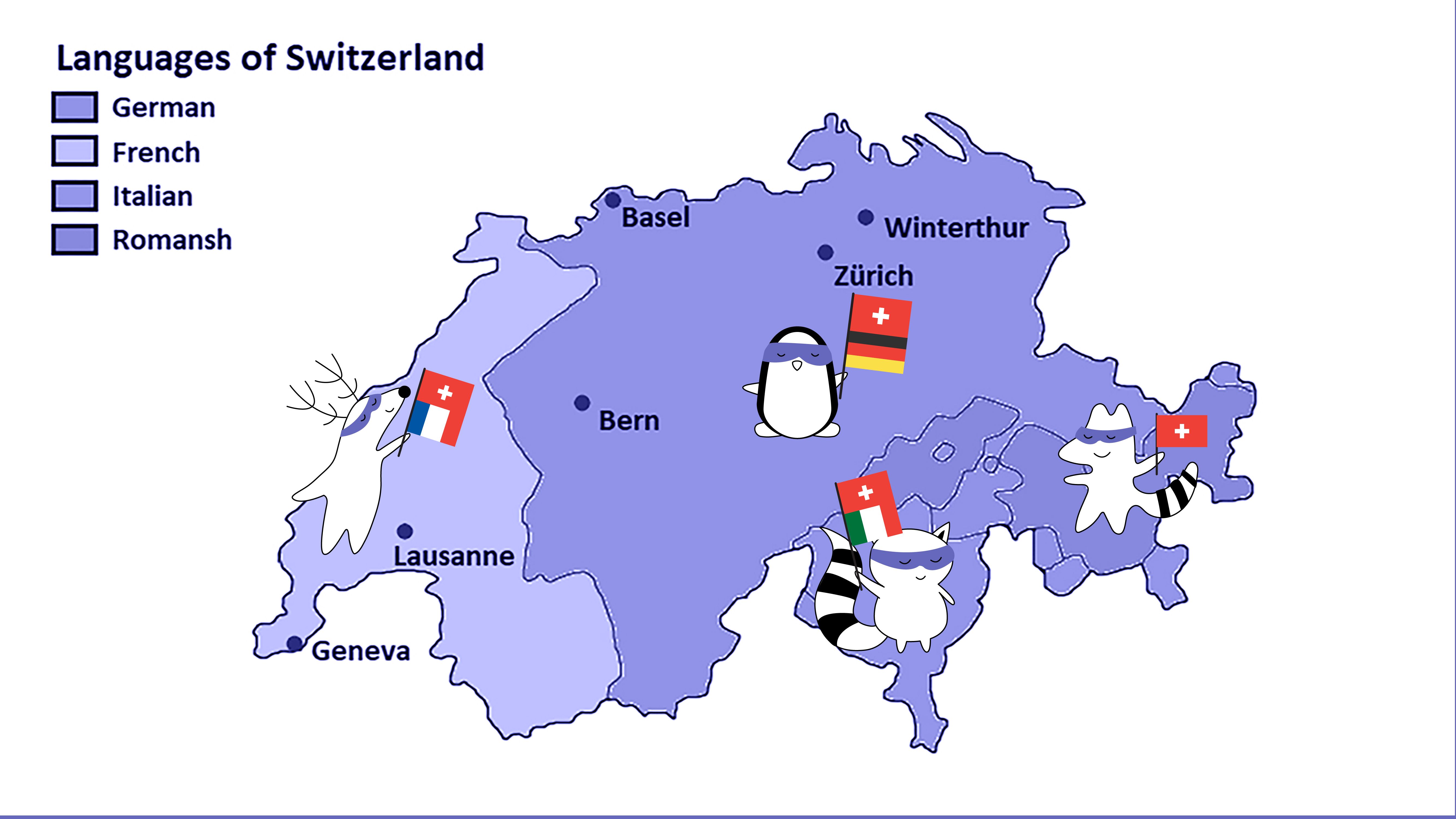
Romansh is a unique linguistic variant spoken by a small minority in Switzerland, with around 0.5% of the population speaking it as their native tongue. It is primarily spoken in southeastern regions, such as Grisons and parts of Surselva, Surmeir, Engadine, and Val Müstair.
Romansh is a descendant of the spoken Latin language and has five main dialects:
- Sursilvan,
- Sutsilvan,
- Surmiran,
- Puter,
- Vallader.
Despite being spoken by only a minority, Romansh is considered one of the country's national languages, along with German, French, and Italian. It has a rich literary tradition, with publications dating back to the 16th century.
Additionally, it is recognized and protected by the Swiss Federal Constitution as an official language of Switzerland.
Is the Swiss Language a Thing?
The term "Swiss Language" is often used to refer to a combination of Swiss German, Swiss French, and Swiss Italian — the three most spoken languages in Switzerland.
However, this term can be misleading, as it suggests that there is a singular language representative of all Swiss people. In reality, Switzerland's linguistic landscape is a complex mosaic made up of various regional dialects, each with its unique characteristics and history.
Therefore, it would be more accurate to use terms like “Switzerland’s official languages” or “national languages of Switzerland,” implying that Switzerland is a multilingual country where multiple languages coexist and contribute to the country's cultural identity.
Non-National Languages of Switzerland
Apart from the four national languages, there are many other languages spoken in Switzerland due to its diverse immigrant population. These include English, Portuguese, and Spanish, as well as various Balkan and Slavic languages.
The country's linguistic diversity reflects its multicultural society and adds to the colorful tapestry of Swiss culture. Additionally, these languages have become an integral part of Switzerland's education and business landscape, highlighting the importance of multilingualism in the country.
Multilingualism in Switzerland: An Overview
With four national languages and numerous regional dialects, Switzerland is a prime example of multilingualism.
The country promotes linguistic diversity and encourages its citizens to learn multiple languages from a young age. As a result, most Swiss people are fluent in more than one language, making it easier for them to communicate across linguistic boundaries.
Multilingualism is not only a way of life but also an essential aspect of Switzerland's economy. Due to its cultural and economic ties with other European countries, the country relies heavily on multilingualism for international business and trade.
It also allows Switzerland to host international events, such as the World Economic Forum in Davos, where participants can communicate in various languages.
Additionally, multilingualism plays a crucial role in maintaining social cohesion within the country. It allows for communication and understanding among different linguistic communities, promoting cultural exchange and integration.
As you can see, Switzerland's commitment to multilingualism is evident in its linguistic landscape, making it a truly unique and diverse country. As the saying goes, "As many languages you know, as many times you are a human being." Switzerland is undoubtedly home to many multilingual citizens who embody this sentiment.
So, why not join them in embracing the beauty of linguistic diversity?
Takeaway
Switzerland's linguistic diversity is a testament to its rich cultural heritage. The choice of which Swiss language to learn first largely depends on one's interests and the regions they are likely to visit or interact with.
However, given its wide usage, Swiss German might be a practical starting point. With its unique intonations, vocabulary, and grammar, German is an appealing language for anyone looking to delve into Switzerland's linguistic landscape.
Similarly, Swiss French is a great choice, particularly for those who love romance languages or anticipate spending time in the western or southwestern regions of the country.
To help you on this linguistic journey, consider downloading Langster, our innovative language-learning app, to make your journey more accessible and fun by incorporating engaging stories in German and French. With Langster, you'll be speaking like a local in no time!
Learn English with Langster







